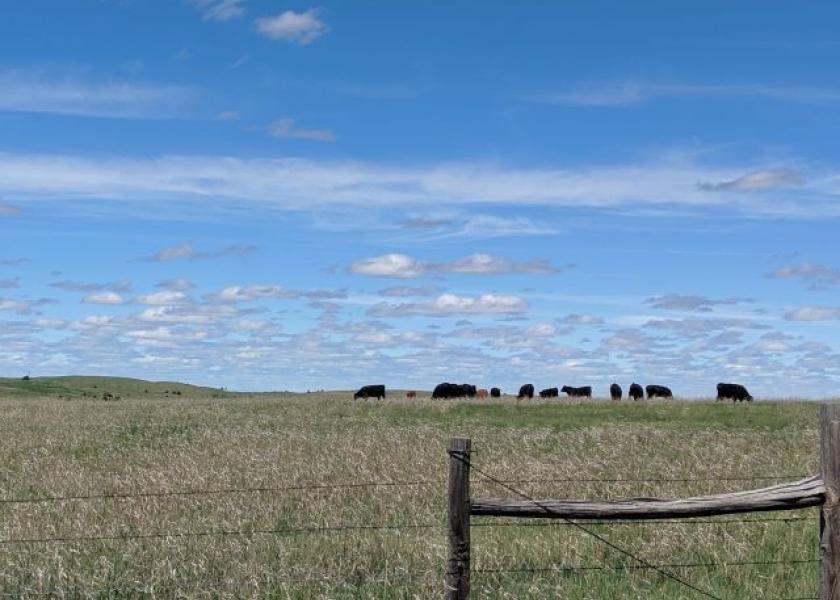Rural Bankers Rank High Input Costs Greatest Farm Economy Threat

After six straight months of below growth neutral readings, the Creighton University Rural Mainstreet Index (RMI) climbed above the growth neutral threshold, 50.0, for a second consecutive month, according to the monthly survey of bank CEOs in rural areas of a 10-state region dependent on agriculture and/or energy.
Overall: The region’s overall reading in January rose above the growth neutral threshold. The January index climbed to 53.8 from 50.1 in December. The index ranges between 0 and 100, with a reading of 50.0 representing growth neutral.
“The Rural Mainstreet economy continues to experience improving, but slow, economic growth. Almost 85% of bankers ranked rising input prices as the top economic challenge or threat to farmers in their area,” says Creighton University’s Dr. Ernie Goss, who conducts the survey.
Farming and ranching: The region’s farmland price index climbed to 66.0 from December’s 65.4. This was the 28th straight month that the index has registered above 50.0.
Bankers expect strong farm economic conditions to continue. On average, bankers ranked falling farmland prices and farm loan defaults as the lowest challenges to their banking operations for 2023.
James Brown, CEO of Hardin County Savings Bank in Eldora, Iowa, said, “Higher input costs are the only major problem on the near time horizon.”
Farm equipment sales: As a result of strong farm financial conditions, the farm equipment-sales index climbed to 61.4, its highest level since June of last year, and up from 60.4 in December. The index has risen above growth neutral for 24 of the last 26 months.
“Higher farm input costs, greater farm equipment sales and drought conditions in portions of the region supported strong borrowing from farmers. At the same time, higher interest rates encouraged greater CD purchases by farmers,” observes Goss.
Confidence: The slowing economy, higher borrowing costs and labor shortages continued to constrain the business confidence index to a weak 40.4 from 29.6 in December. “Over the past 10 months, the regional confidence index has fallen to levels indicating a very negative outlook,” notes Goss.
The Rural Mainstreet Index is a unique index covering 10 regional states, focusing on approximately 200 rural communities with an average population of 1,300.






